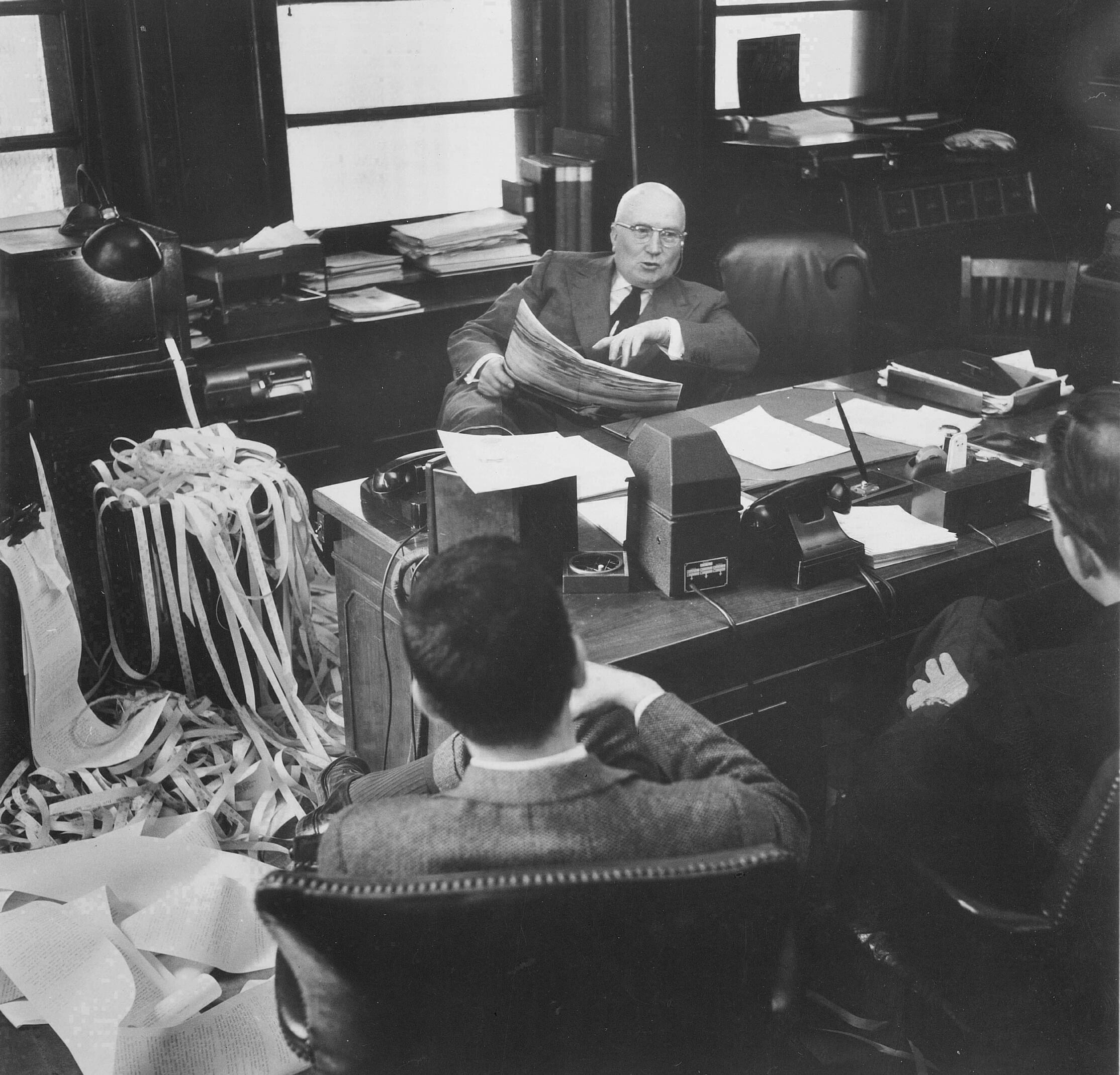These are three grim factors that can damage your investment performance:
- the wrong industry,
- a weak management and
- over-market pricing of transient growth or profits -
Are you fast enough to switch capital?
Capital is like a rabbit - it darts away at the
first sign of danger!
Are you certain you
watch your capital closely enough to flee from smoke before it becomes fire?
To do this successfully you must not only
be alert to change but
ready and
willing to act.
Keep your eyes on the businesses
It is up to you as an investor to
- watch the progress of your companies and
- switch your investments if your managements fail to keep up with the changing time.
It takes superior management to
adopt to change.
It takes superior management to build
worthy successors to follow in their footsteps.
Replace 10% of your diversified investments annually
Investors should make a
conscious effort to do some switching in their portfolios.
I think at a minimum they could
switch 10% of a list of diversified investments
annually.
If you own 20 stocks, surely replacing 2 can only help in keeping your investment in step with constantly changing investment factors.
Additional notes:
Newsletters of the First National City Bank of New York.
It tabulated the changes which occurred among the hundred largest U.S. manufacturers between 1919 and 1963.
These largest corporations are not always the most profitable.
Sheer size gave no guarantee of profitability or permanence.
While almost invariably at some stage in their growth, these companies were attractive investments, there was danger if you overstay your market.
1919 list: 100 largest U.S. manufacturers
1963 list: Only 49 left
Comparison of just these two dates ignored the turnover. In the interim numerous firms entered and left the group.
Many companies produced a single spurt of growth which could not be sustained.
Many factors were responsible. An unfavourable change in the outlook for their industries was the major cause.
It boiled down to the always prime factor of management.
The greatest changes were in transportation companies. It was asking too much to profit from selling horses and buggies in a gasoline age.
The National City letter concluded that to achieve success and hold it,
- corporations must secure a primary position in growing markets, and,
- they must be adoptable enough to shift into new fields and open up and to fill new needs.
It is up to you as an investor to watch the progress of your companies and switch your investments if your managements fail to keep up with the changing times.
None Since 96! (Morgan Guaranty survey of stocks in Dow Averages since 1896)
A Morgan Guaranty survey compared the stocks that had been part of the Dow Averages since 1896.
Continual evolution, shifting investor preferences and the alterations in the actual composition of business activity resulted in not a single issue remaining on the list for the entire 68-year period.
Only American Tobacco and General Electric were on the 1912 and 1964 list, but both were on and off several times.
One of the least reliable guides to investing is popularity.
- The transportation industry at that period contributed many once-popular investments that had vanished and had all but done so.
- The carnage in streetcar lines and other utilities had been enormous.
- Likewise in early automobile leaders.
Investors should make a conscious effort to do some switching in their portfolio.
The three reasons that can damage your investment performance are the wrong industry, a weak second echelon in management and over-market pricing of transient growth or profits.
